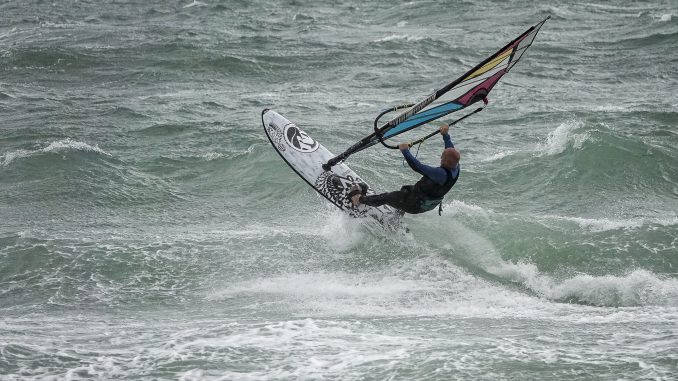
Words: WSUK
Pics: James Jagger
Whichever way you look at it brand new windsurfing gear is a significant chunk of cash to part with. Some are in a position to cough up the readies whereas many aren’t, instead relying on the second-hand market to obtain equipment.
Windy gear has come on leaps and bounds since the 80s, 90s and early noughties. Equipment is now lighter, more robust and boasts so much more user-friendly performance than yesteryear. Therefore anyone in the market for used kit is going to find something applicable from the last few years. To test this theory further we got involved to see what’s out there and investigate wave sailing in a budget.
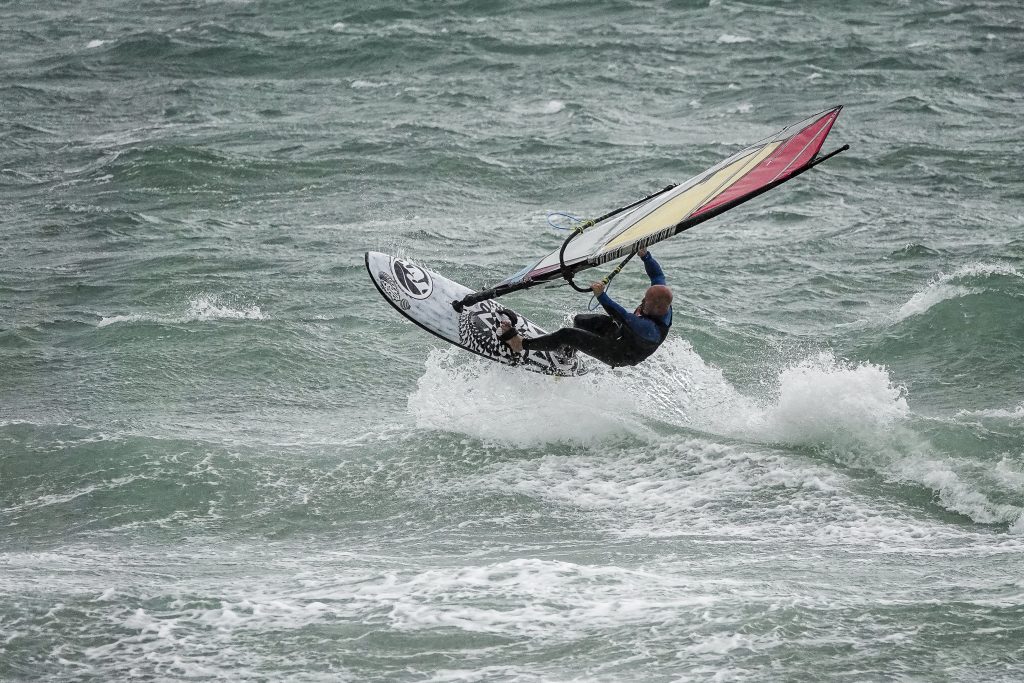
The real world
When we talk about wave sailing there are generally two types, as most will probably be aware. There’s the idyllic down the line, groomed corduroy wave sailing scenario that you tend to find at Cornish breaks like Gwithian, or further afield in spots like Tiree. And then there’s the more usual and real-world type of wave sailing that you come across at most other beaches, featuring smaller less powerful waves, usually onshore to cross on and most likely with blowier weather in the mix.
For this article it’s those real-world conditions we’re sticking with, utilising breaks around the south coast, UK, for our investigation. To some degree, this will dictate the type of kit we use and how it performs on the water.
Choosing kit
Whether you’re looking at new or used gear you’ll need to base your choice of kit on where you think you’re most likely going to be doing the majority of your sailing. It’s no good going for a ‘surf’ orientated windy board if you’re local haunt is the south-east for instance. Same with sails. Rigs billed as ‘pure’ (or words to that effect) may work but you’ll probably do better with something described as ‘power wave’ or ‘onshore wave’. Brands use a whole variety of colourful jargon when naming equipment which can make it confusing. If you’re looking at a particular piece of gear and can’t decide if it’s right for you then stop and consider the name. It may be you’re none the wiser, in which case some research will need to be undertaken.
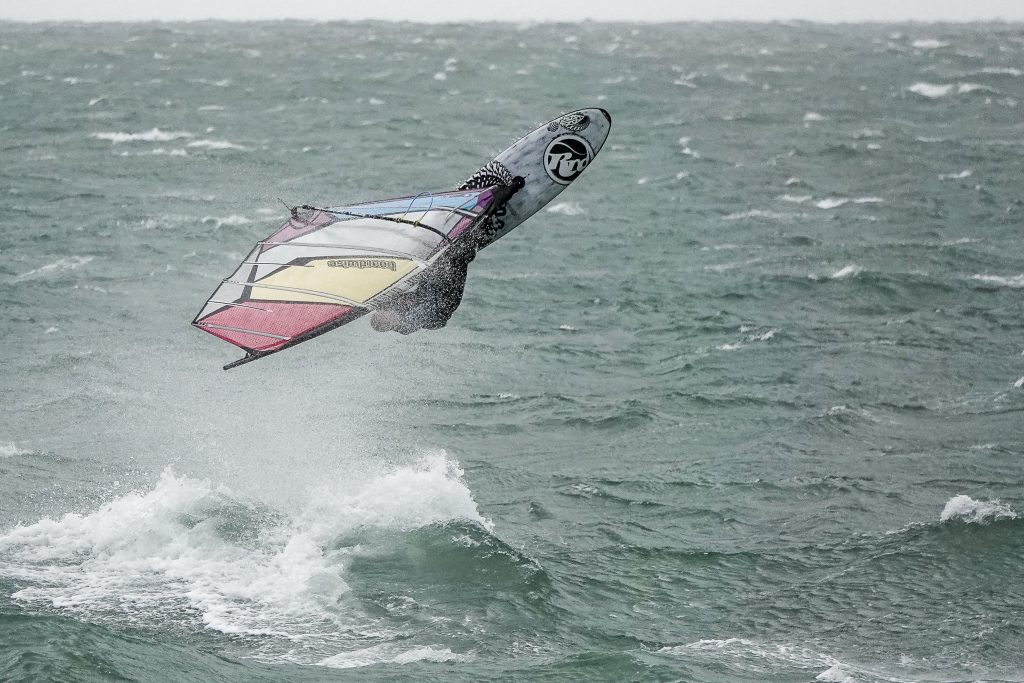
It’s no surprise that the most popular equipment choices in the UK fall under the freestyle wave banner. FSW boards and sails are generally ‘do it all’ tools that will cover many varied scenarios. Even though there’s a myriad of performance differences within this genre FSW should be versatile and deliver a fulfilling experience, whichever brand you choose.
Our choice
The locations for our wave sailing sessions generally mean windy conditions, with quite a bit of chop and current running with small to medium-sized waves that jack up quickly as the pulse in question hits shallow water. Waves are quite ‘bowly’ as opposed to ‘set orientated’. As such we need a board that’s early planing, fast on the straight, good for jumping (as this is often a requirement in real-world conditions) but can still turn tightly and fit into small wave pockets.
Our sail choice also needs to be reflective of the board we’re using and give good low end early planing power yet be manoeuvrable and adaptable for both jumping and riding. Twin fins, although now not as common, do offer loose and manoeuvrable carving agility that allows riders to change direction super quick. As we’re talking about windy conditions something around 80L (for our 85kg rider) gives just enough float but plenty of control. This combined with a 4.2m four batten freestyle wave sail, which has plenty of low-end grunt and whip for moves such as loops, is a great set up for the style of windsurfing in question. This generally means full power planing straight off the beach, rocket airs, forward loops, backies and pushies. Our rider doesn’t tend to gybe that much out back instead preferring fast tacks to keep upwind and stay close to the peak which peels right. (This is where a relatively stable board comes into play). It’s then full power back towards the beach, dropping into a wave to complete two to three turns, the final hit ending on a close out in the shallows.
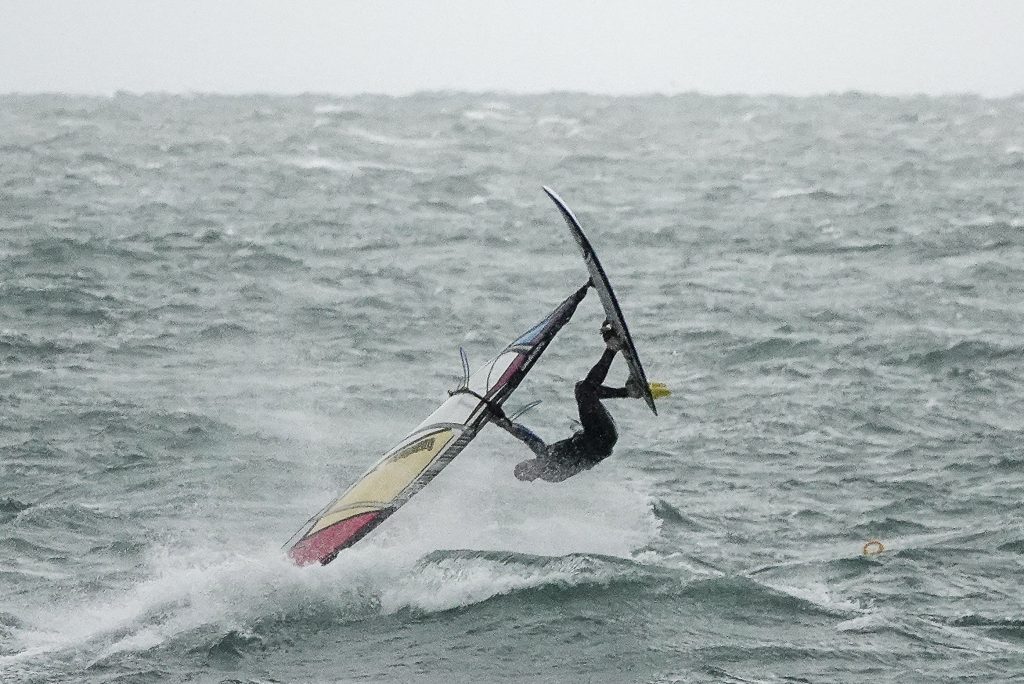
The cost
Scouring the used gear pages of the internet will yield plenty of equipment available for a good price. A 2010 board, such as the RRD Wave Twin 82 used for this article, will set you back around £300 ish. We swapped out the stock fins for a pair of K4s, of which prices are on that brand’s website. Although Tushingham Sails are now defunct you can get hold of their rigs easily via second-hand market places. In this instance we’re using a Tushy Edge 4.2m that was priced £150. Boom is a Severne Metal and the mast a Tushy 400. The kit in question all in totals under £800 (at time of writing).
Now we appreciate that riders will want/need a quiver of sails, in which case you may be able to find a set of the same type for a steal – especially if you go a few years older like the one featured in this article. All in you could be on the water for under a grand. Add in a bigger board for more versatility (or actually choose a large one board only quiver) and you can see you could end up with a complete quiver for less than a brand new windsurfing board on its own.
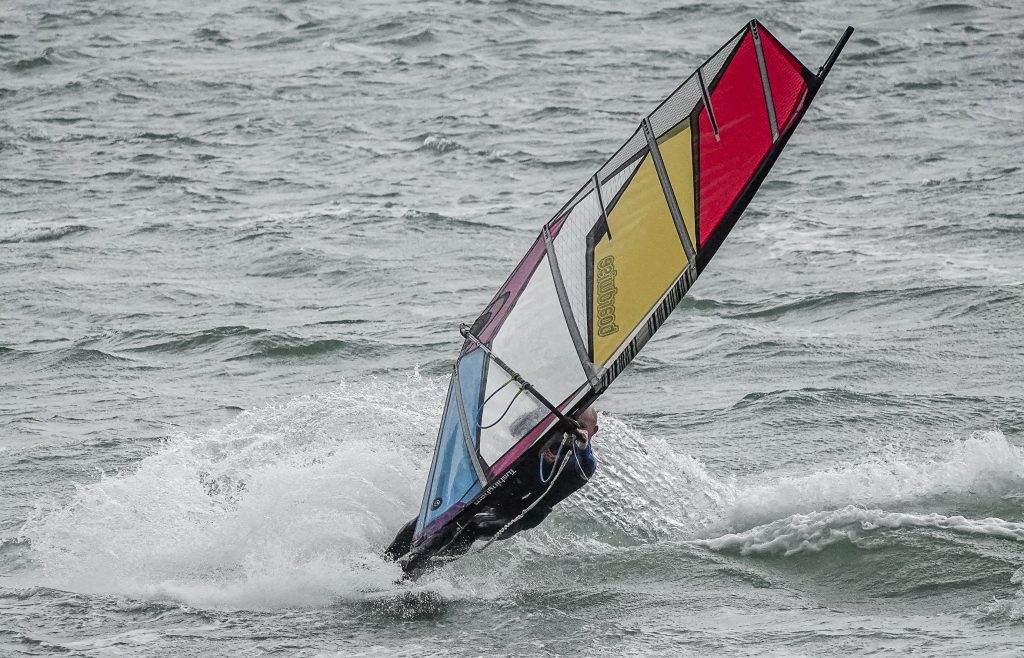
Buying second hand isn’t for everyone, and we appreciate that new gear offers benefits above used kit. If you can stump up for new then we’d recommend it. If you can’t, however, and want to tackle a bit swell action then it can be done cheaper than you might think.

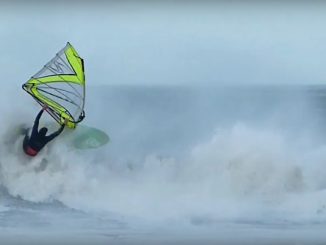
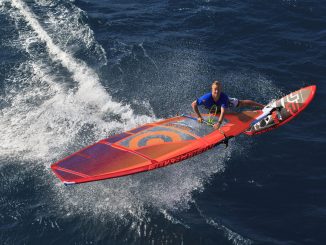
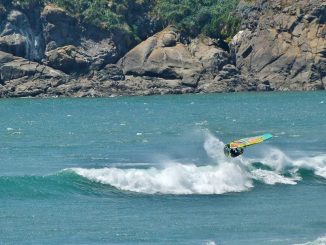
Leave a Reply